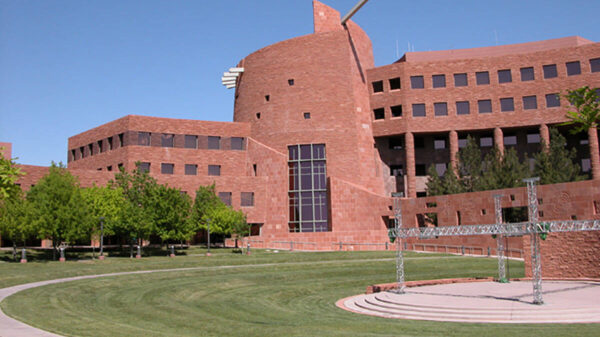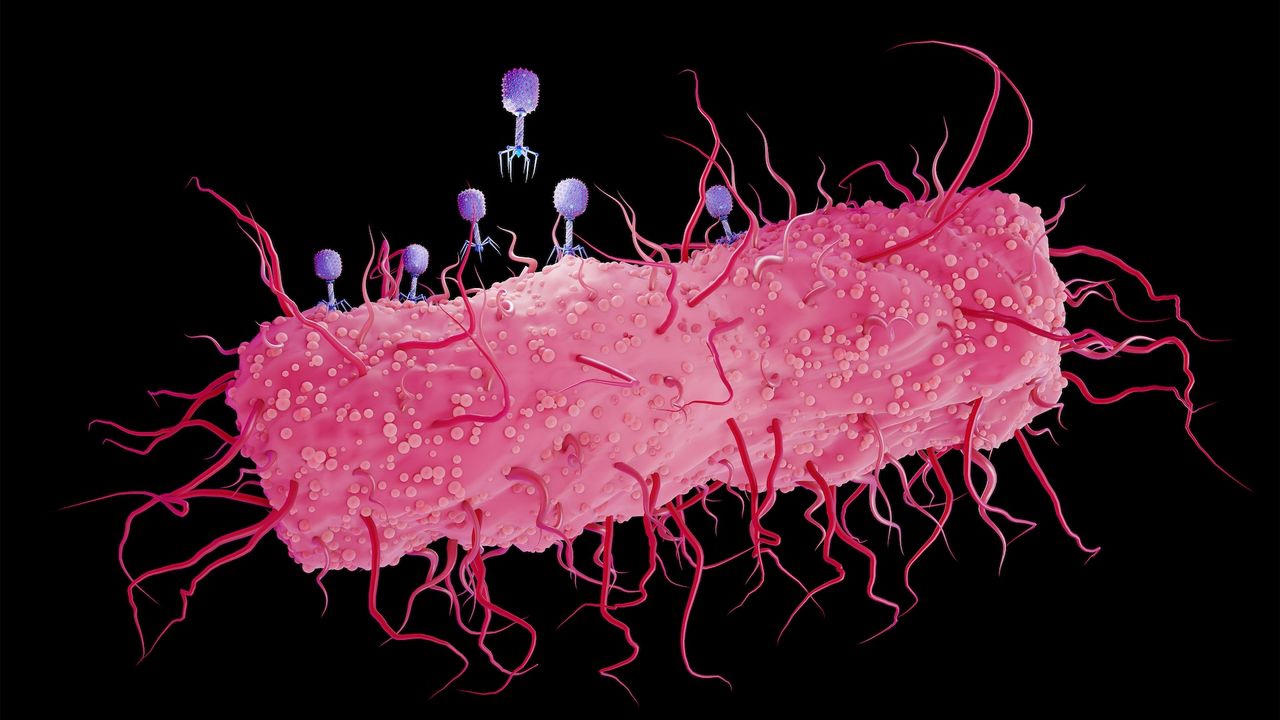On November 20, 1943, physicist Max Delbrück and biologist Salvador Luria published a pivotal paper that confirmed a fundamental aspect of Charles Darwin‘s theory of evolution. Their research demonstrated that mutations arise spontaneously in bacteria, rather than as a direct response to environmental pressures. This finding was significant, as the debate over the nature of genetic variation had persisted since the publication of Darwin’s “On the Origin of Species” in 1859.
The duo’s work centered around what they termed the “fluctuation test.” This experiment aimed to determine whether bacterial resistance to viruses, specifically bacteriophages, was induced by the presence of the virus or occurred randomly. Delbrück and Luria’s insights were crucial in establishing that mutations occur randomly, thus reinforcing the Darwinian concept of natural selection acting upon variations that arise without external influences.
Historical Context and Experimental Design
Prior to Delbrück and Luria’s experiment, there was skepticism regarding the applicability of Darwin’s principles to microorganisms. Some scientists argued that interactions between bacteriophages and their bacterial hosts could trigger resistance, challenging the notion of randomness in mutations. Delbrück, who had fled Nazi Germany, found himself drawn into the world of genetics while working in California. His fascination grew after he encountered a researcher studying Escherichia coli and its associated phages in Los Angeles sewage.
In December 1940, at the Cold Spring Harbor Laboratory in New York, Delbrück met Luria, an Italian-Jewish doctor who had also escaped the Nazis. Both men shared a desire to investigate genetic variation through the lens of phages, which were not yet fully understood in the context of genetics. Their collaboration began with a shared interest in determining whether phages could induce resistance in E. coli.
The experimental approach involved exposing multiple cultures of E. coli to phages and subsequently observing the mutation patterns. If the mutations were induced by the phage, Delbrück and Luria reasoned, similar proportions of resistant bacteria would appear across all cultures. Conversely, if mutations arose randomly, the results would vary substantially between cultures, leading to some containing high numbers of resistant E. coli and others with very few.
Impact and Legacy
Their findings, published in 1943, confirmed that mutations in bacteria occur randomly, thus aligning with the Darwinian hypothesis that natural selection favors beneficial traits that arise spontaneously. Following this work, Delbrück and Luria collaborated with microbial chemist Alfred Hershey, further exploring the genetic mechanisms of phages. Together, they demonstrated that phages could exchange genetic information, a process known as genetic recombination. This discovery laid the groundwork for understanding DNA as the carrier of genetic information, an idea later confirmed by Hershey and his colleague Martha Chase.
The contributions of Delbrück, Luria, and Hershey earned them the 1969 Nobel Prize in Physiology or Medicine. Their research not only solidified the role of random mutations in evolution but also opened new avenues in genetics and molecular biology. While their work supported the principles of Darwinian evolution, subsequent studies have suggested complexity in mutation rates, particularly in essential genes where mutation rates might differ.
In summary, the groundbreaking experiments conducted by Delbrück and Luria not only affirmed a core element of Darwin’s theory but also expanded the understanding of genetics in the microbial world, shaping modern biology in profound ways.







































































